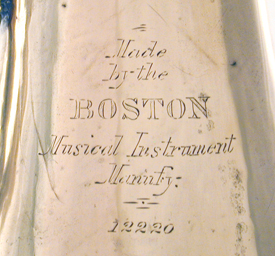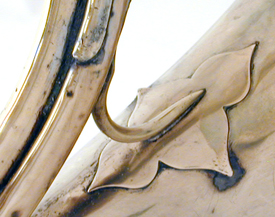| Label:
|
Made by the BOSTON Musical Instrument Mannf'y. 12220 |
||
|
Model:
|
Single |
||
|
Serial Number:
|
12220 |
||
|
Date of Manufacture:
|
1893 |
||
|
Key(s):
|
F (very high pitch, A = ca. 455) |
||
|
Valves:
|
3 rotary | ||
|
Bore:
|
1.070 cm, |
||
|
Bell Flare:
|
|||
|
Bell Throat:
|
|||
|
Bell Diameter:
|
29.3 cm. |
||
|
Base Metal:
|
brass | ||
|
Finish:
|
unlacquered | ||
| . (clck on photos for larger view) |
|||
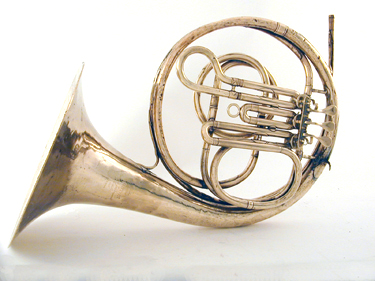 |
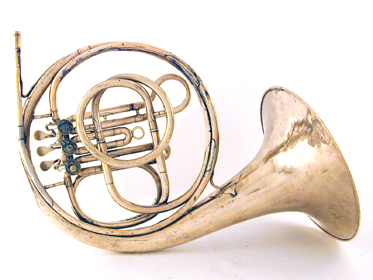 |
||
This is a later model of the single horn made by the Boston Musical Instrument Manufactory. The earlier design is attributed to E.G. Wright and dates from the period of Graves and Wright, and Wright, Gilmore & Co. before the company was reformed in 1869. This horn is different in two significant ways. First the bore, measured at the inside diameter of the second valve tuning slide, is considerably smaller at 1.070 cm. vs. 1.235 cm. on the earlier horn. Second, it is pitched nearly a semi-tone higher at A = ca. 455. Another unusual characteristic for a horn made in this period is that it is made entirely of brass, with the sole exception of the hand guard which is nickel-silver. This horn shares with its predecessor the extremely long, slow-tapered leadpipe that follows the entire circumference of the body of the horn from mouthpiece to first valve. |
|||
|
|||
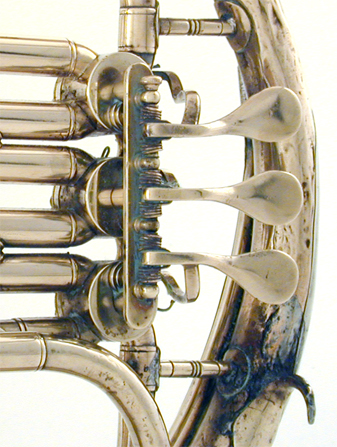 |
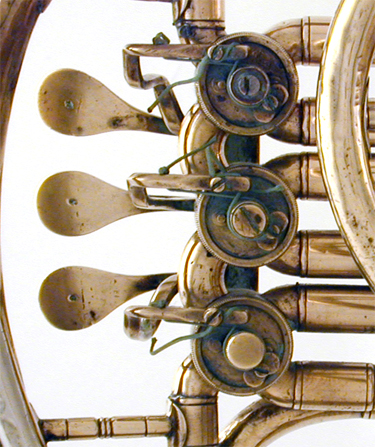 |
||
| |
|||
